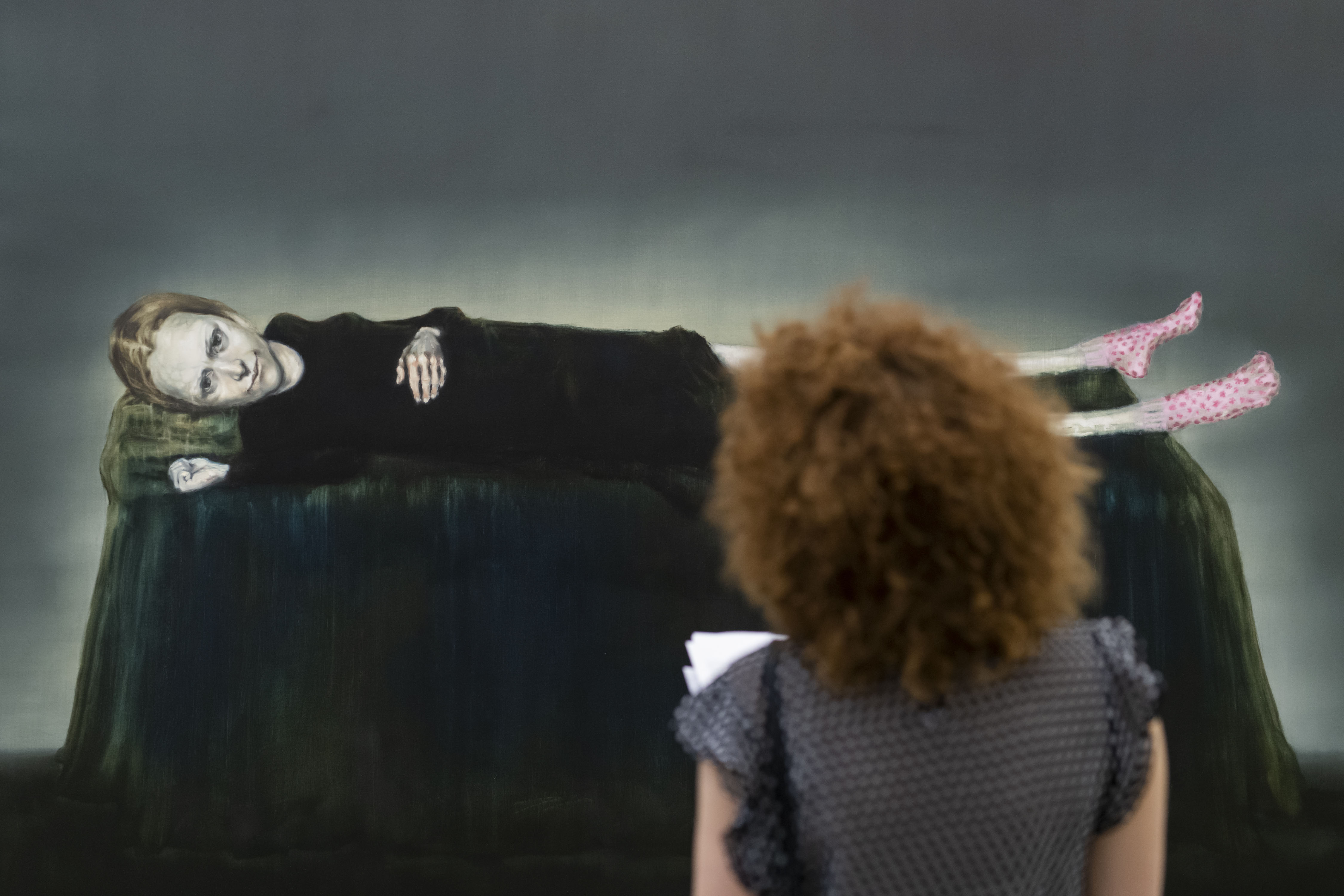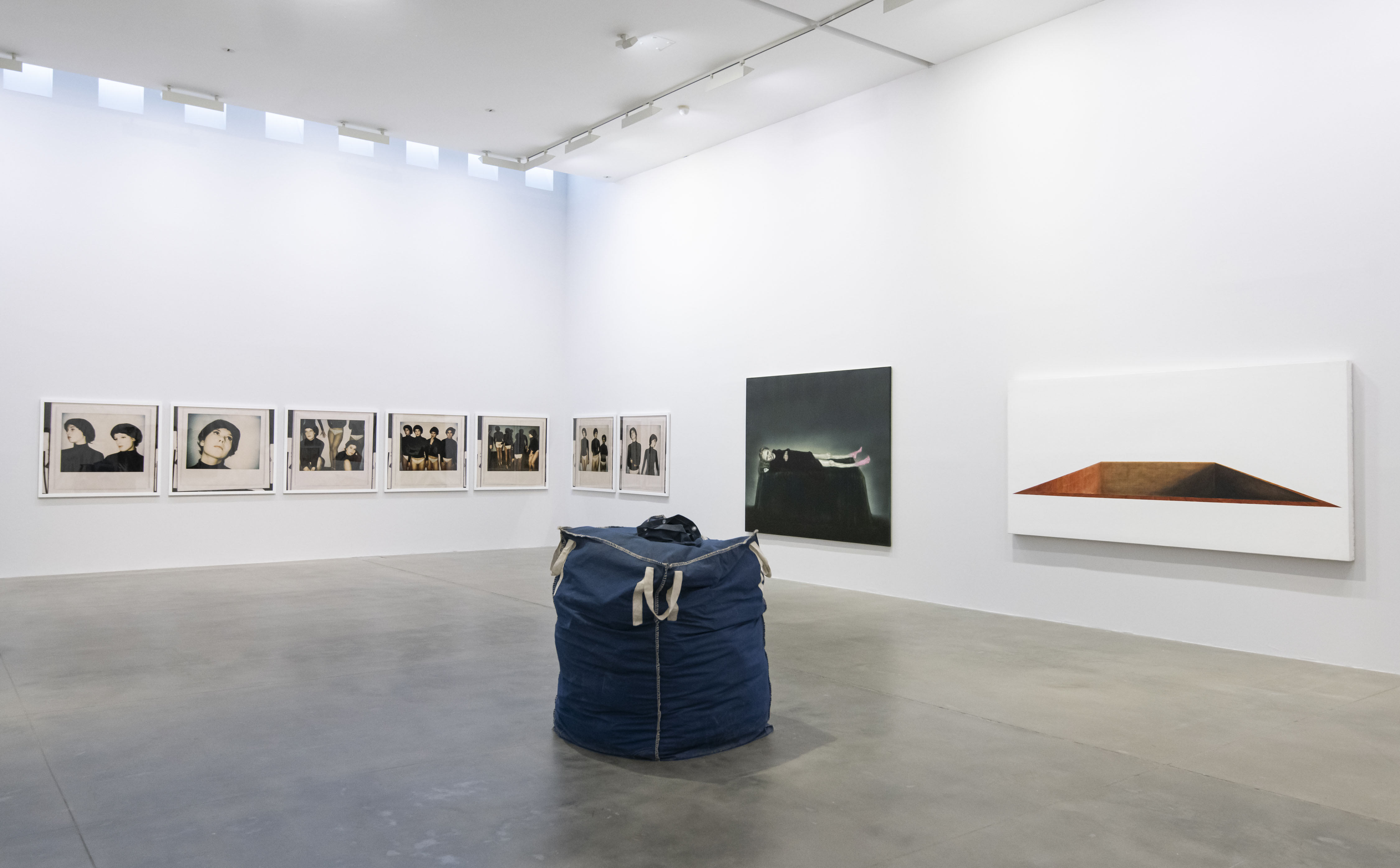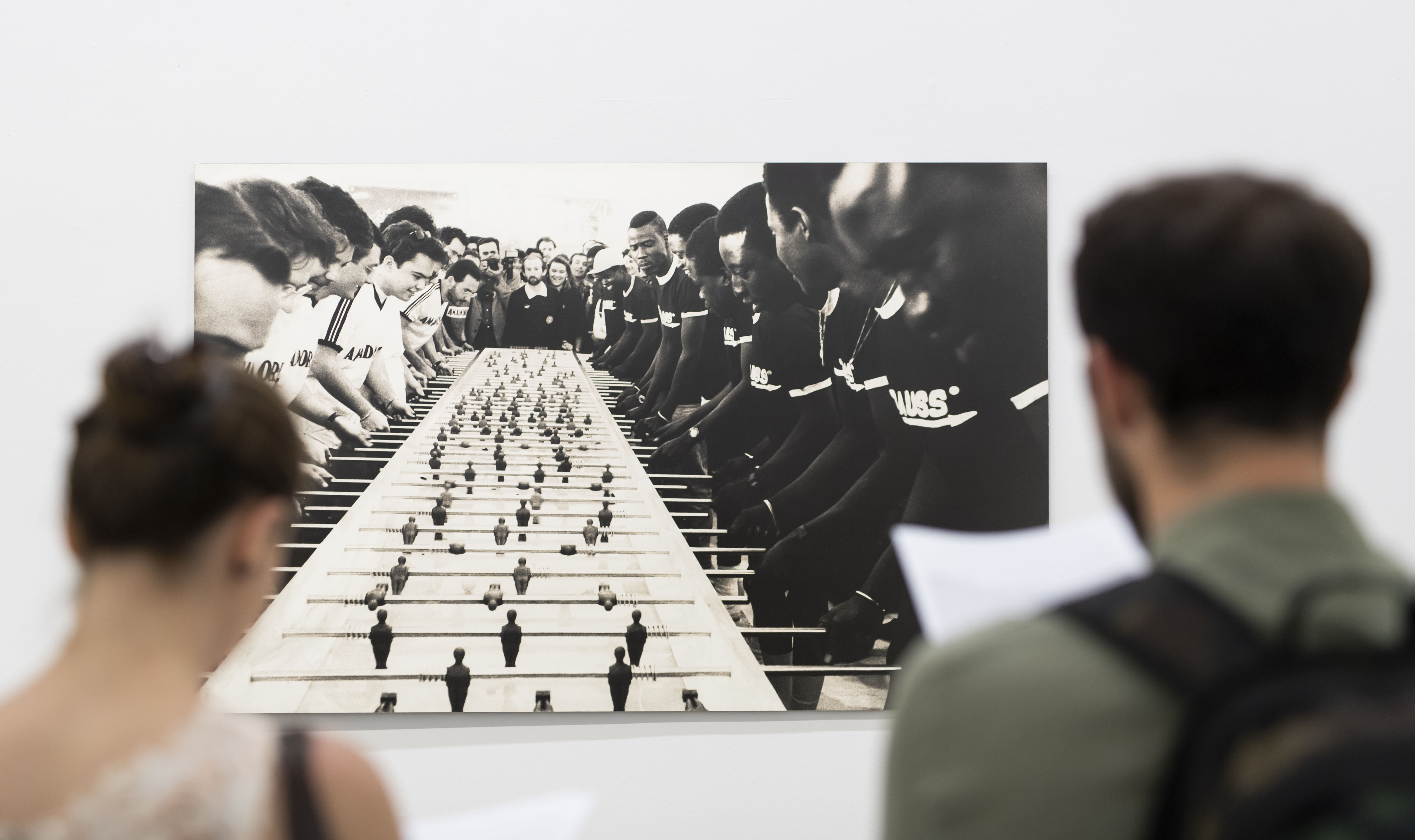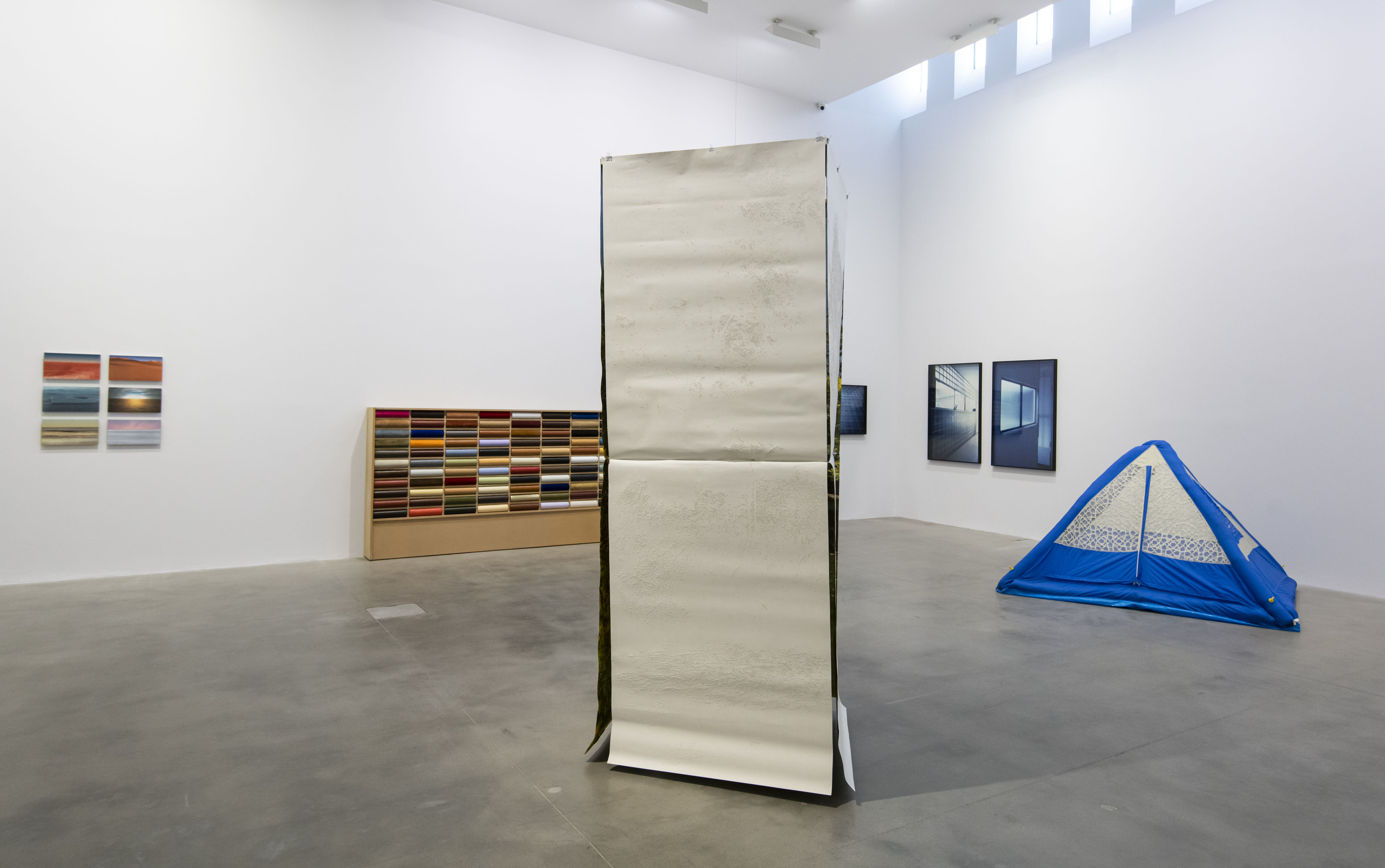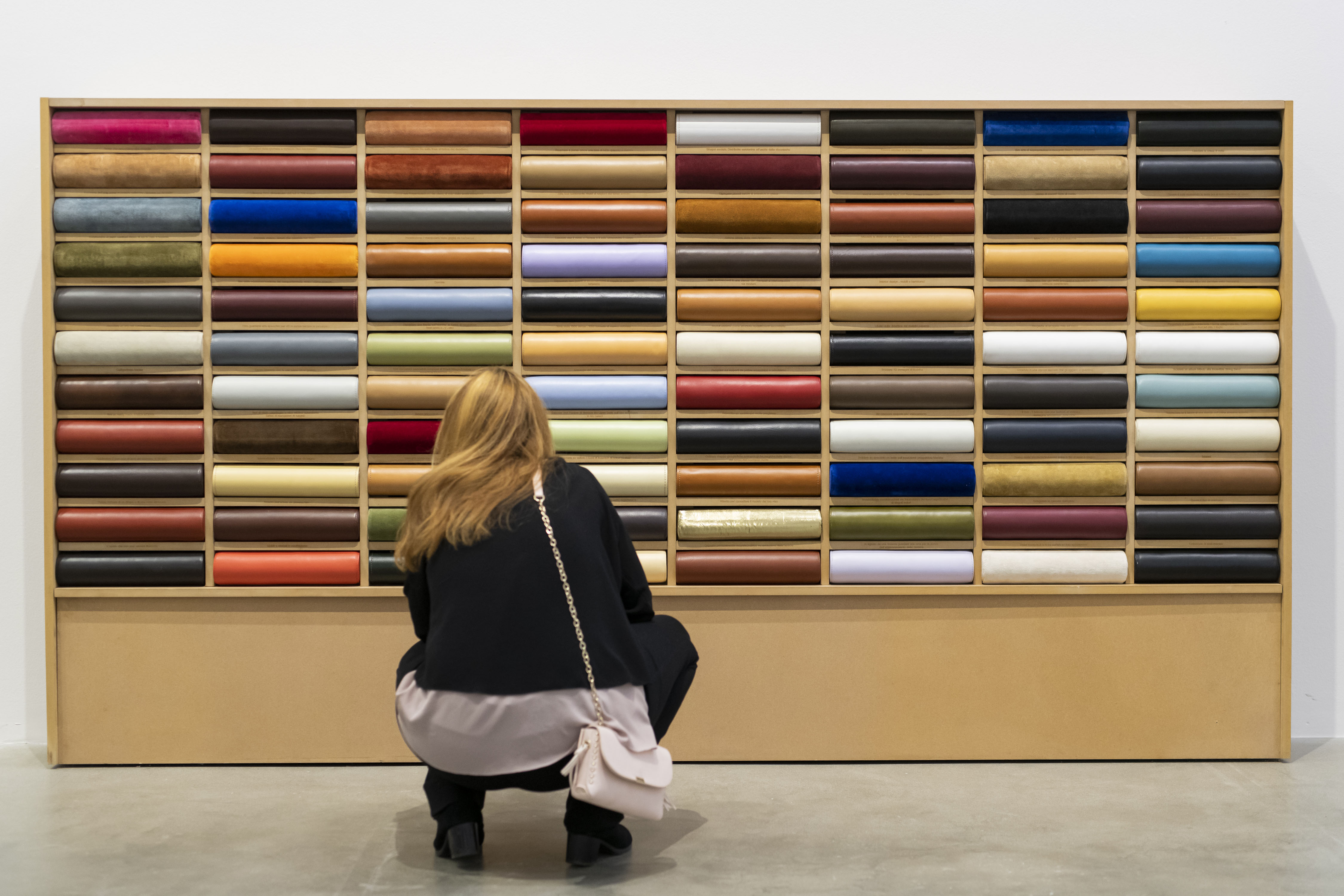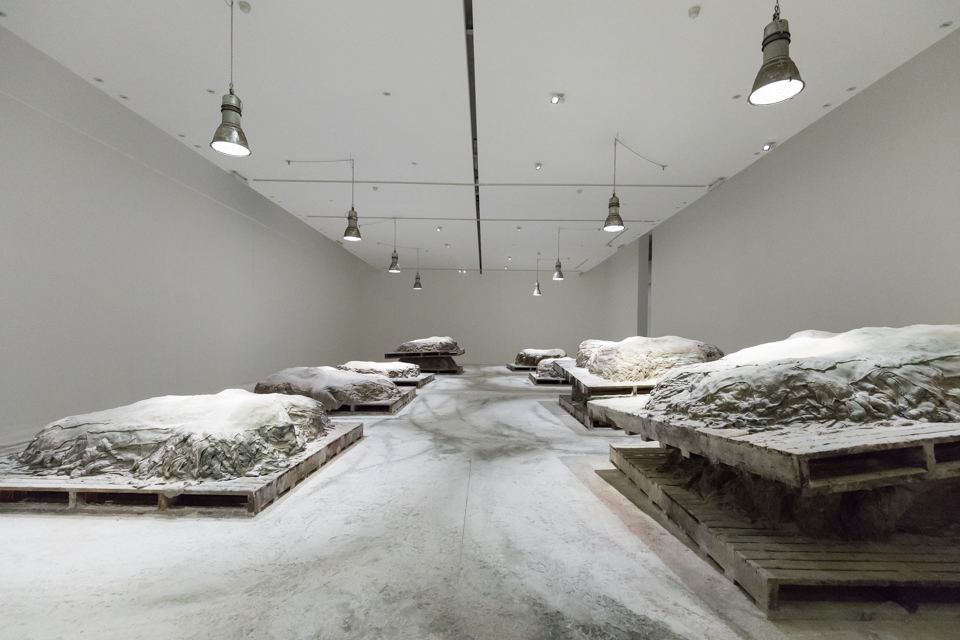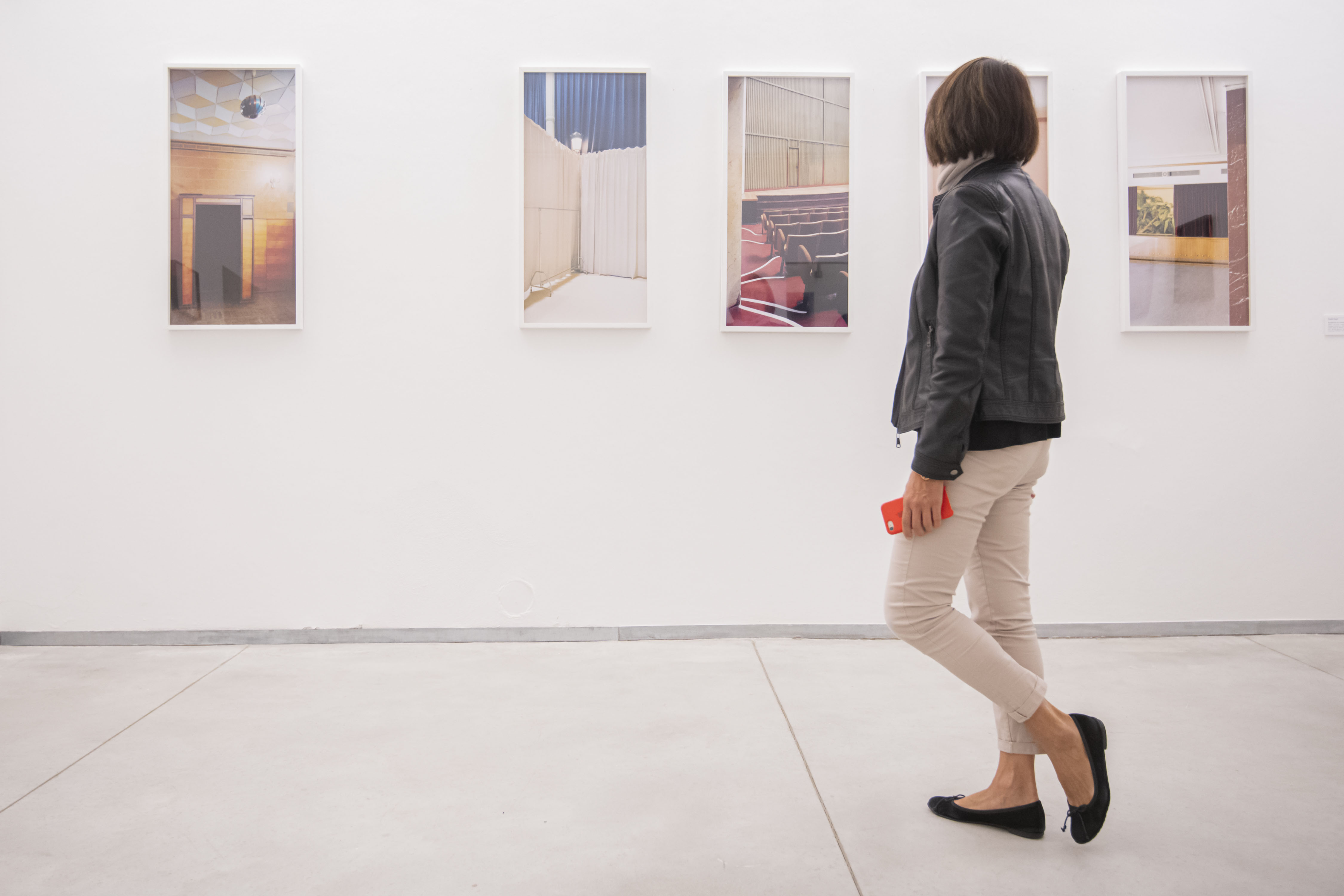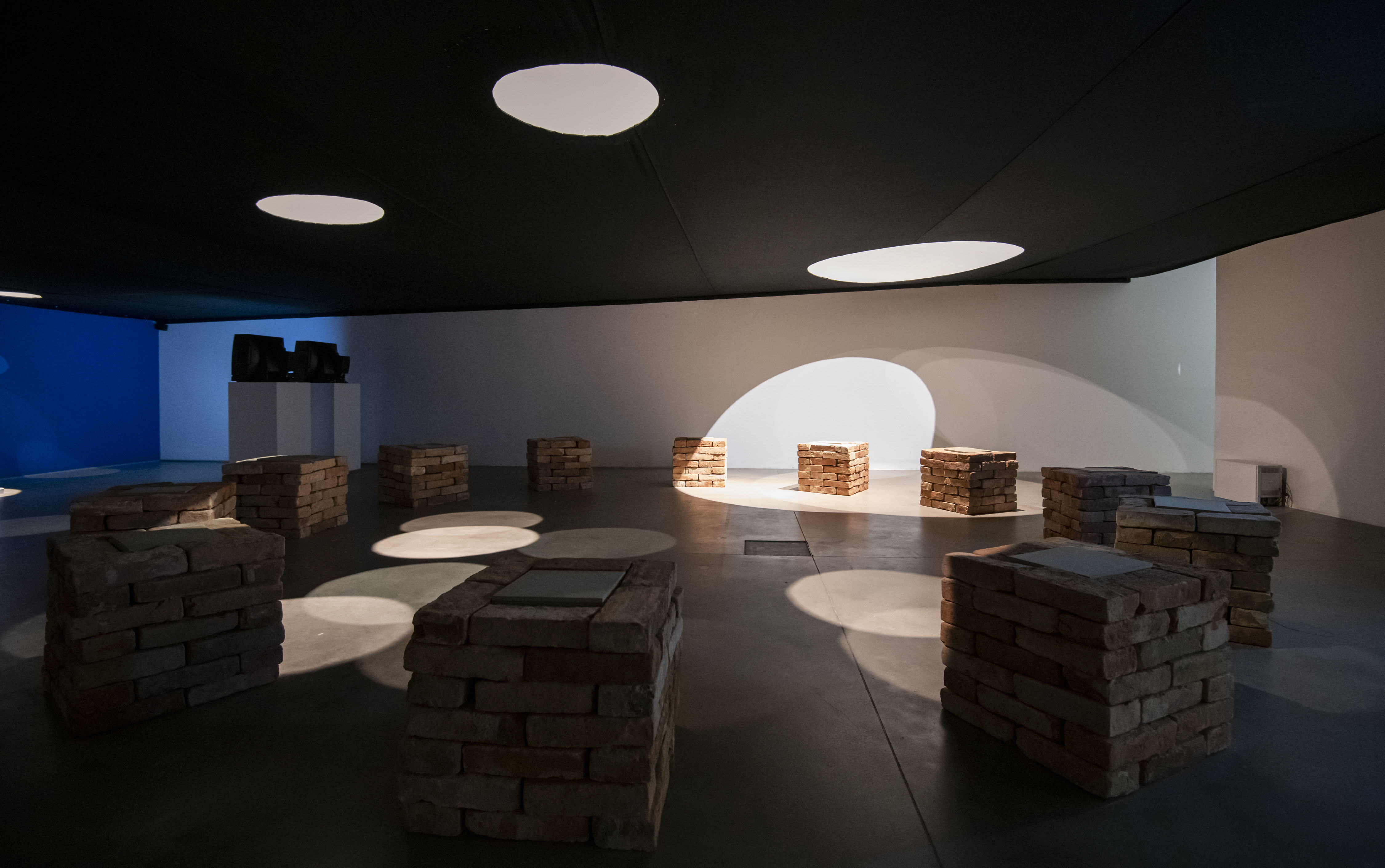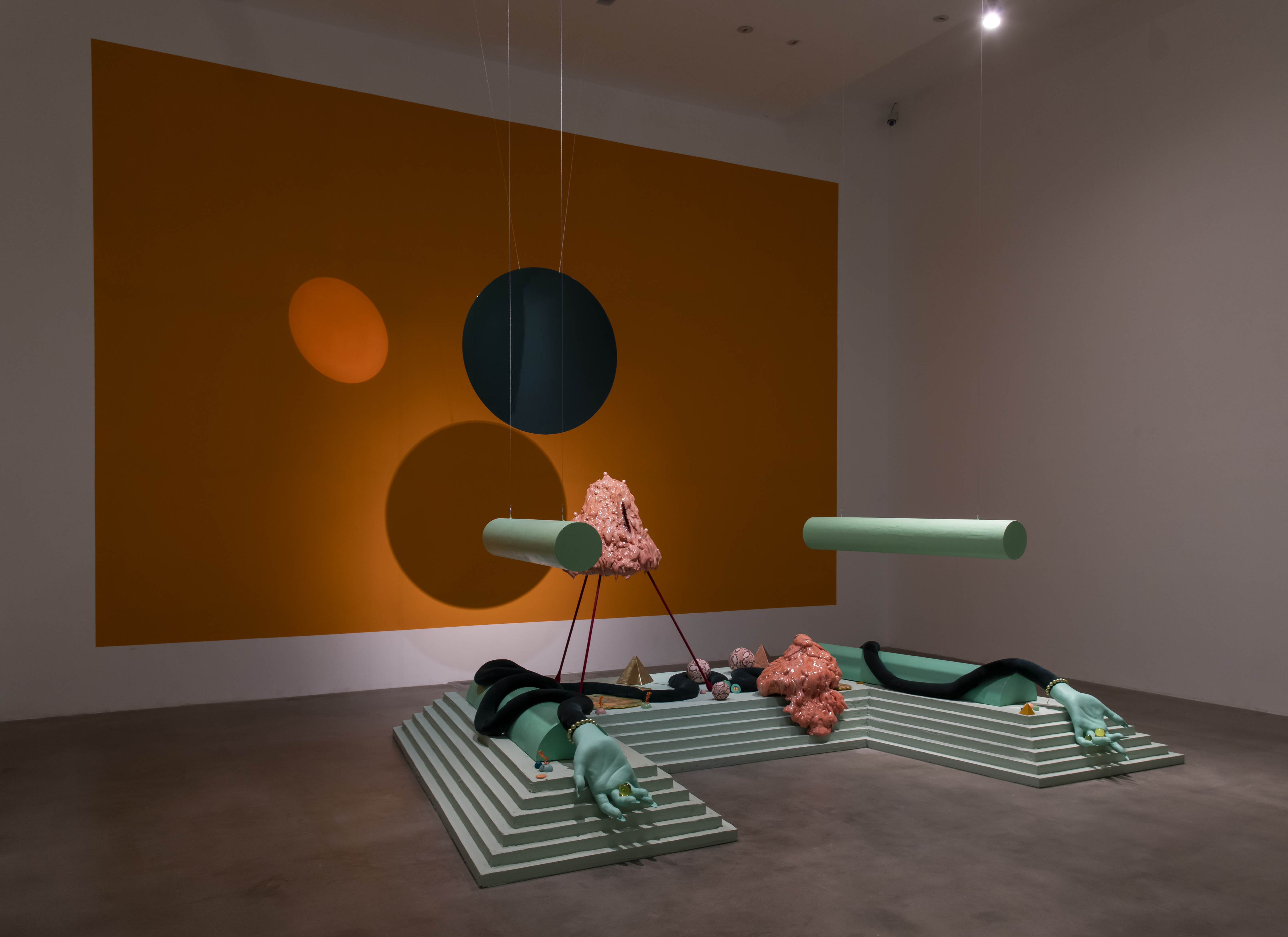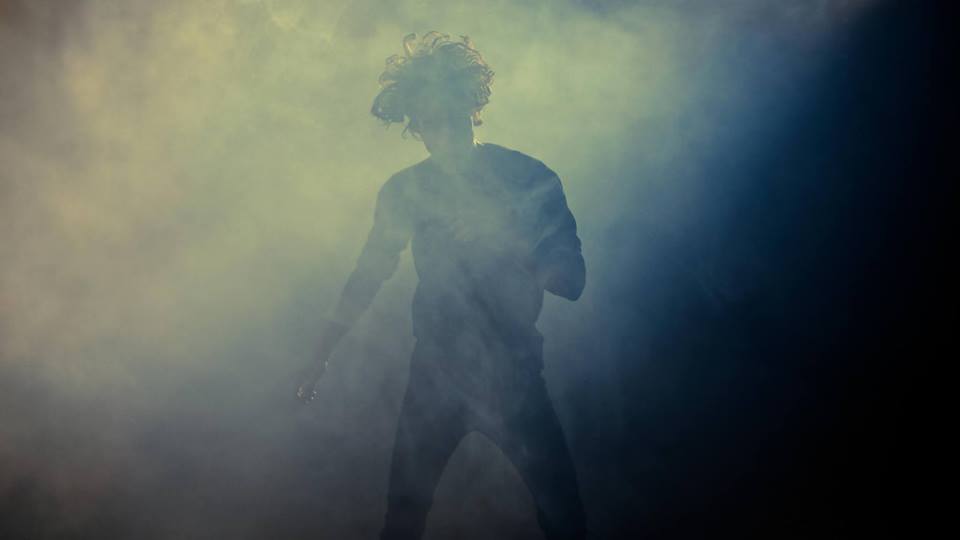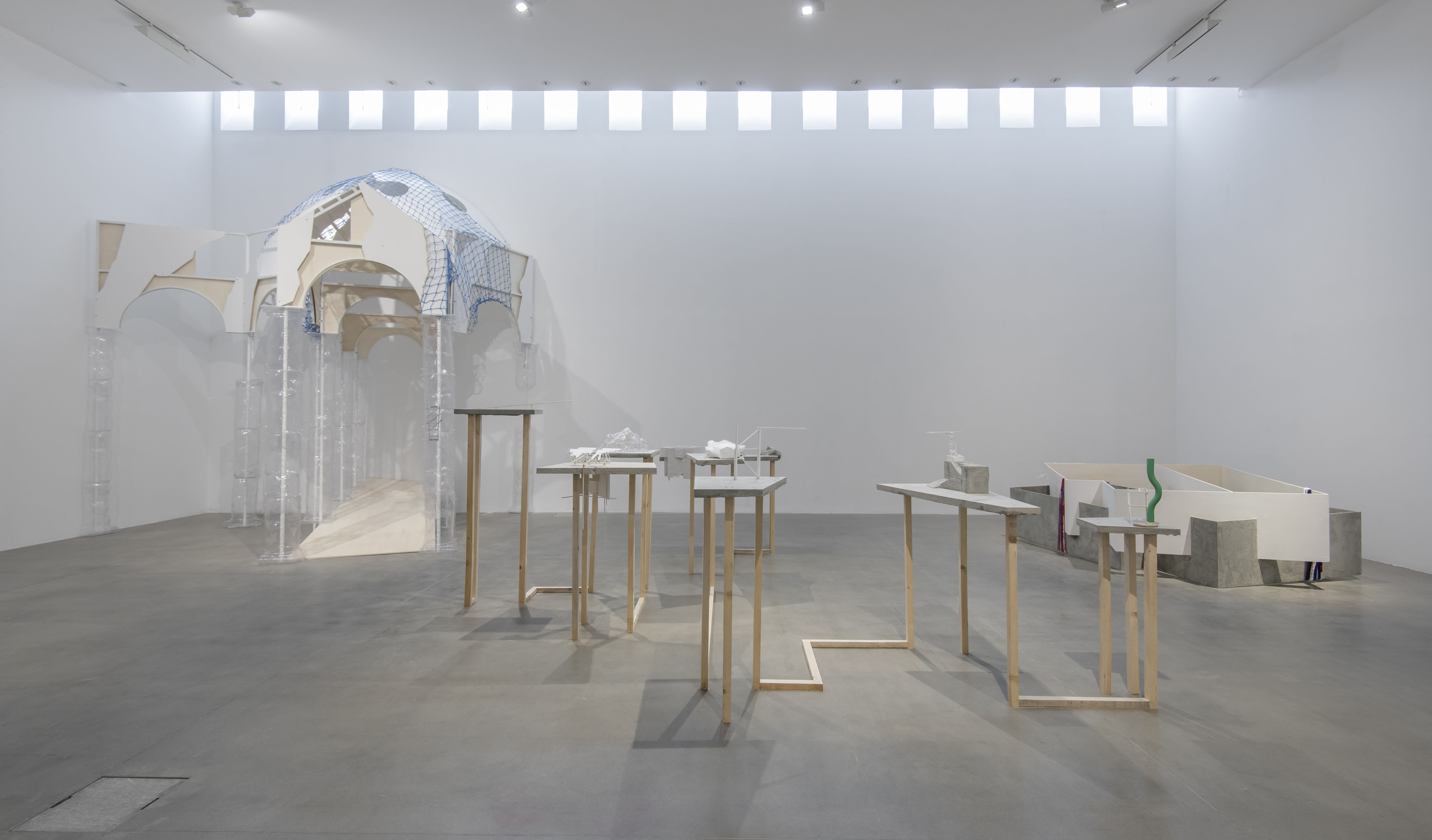Artists: Eva Marisaldi, Grazia Toderi, Vanessa Beecroft, Margherita Manzelli, Maurizio Cattelan, Paola Pivi, Maurizio Vetrugno, Giuseppe Gabellone, Delayed Space, Luisa Lambri, Amedeo Martegani, Mondrian Schutte, Sarah Ciracì, Mario Airò, Stefano Arienti, Simone Berti, Massimo Bartolini
Italy 1990: the new decade kicked off with the FIFA World Cup. The stadiums of twelve Italian cities would resound with a song by Edoardo Bennato and Gianna Nannini “Un’estate italiana” [“An Italian Summer” is the literal translation, while “To be number one” was the English version title of the original anthem song of the 1990 FIFA World Cup, taking place in Italy. Translator's Note]. The song is all about rules of the game, adventures and goals (the “Azzurri”, in other words, “Italian ones” scored by Totò Schillaci). The title of the anthem changed eventually and we all ended up calling it: Notti magiche. The Italian national team came in third place and Western Germany was the final winner and had the honour to lift the cup. Just few months later, precisely on October 3, Western Germany would be reunited with the DDR [Deutsche Demokratische Republik - German Democratic Republic, the official German name of East Germany], to be then called simply Germany. What had been paved by the fall of the Berlin wall in 1989, finally came to an end. The fall was celebrated in a cheerful and liberating way and opened up a new space, which would drammatically shut with the collapse of the Twin Towers in New York City in 2001.
Notti magiche offers an overview on the topics and languages used by Italian art in the 1990's, by means of the pieces from the Sandretto Re Rebaudengo Foundation Collection. The Collection, which has always kept an eye on Italian and international young artists' scenes, has undertaken to promote Italian artists' research, thus outlining one of the crucial guidelines that best define the Collection itself. This commitment was surely stressed by ExIT, the exhibition that was set up for the opening of the Turin's headquarters of the Foundation in 2002, taking stock of the New geographies of Italian creativity. The Residenza per giovani curatori stranieri [Young foreign curators' residency] project started in 2006 and has invited three curators at the outset of their careers to come and travel around Italy ever since. This project has resulted in thirteen exhibitions so far, and all of them displayed a heritage of knowledge and reflections that multiple visions have gathered up. The simultaneous presence of Notti magiche and Capriccio 2000 (the final collective show that originated in the 2019 Residency) offers us the chance to compare several generations.
The narrative of Notti magiche starts with an installation by Eva Marisaldi and a video by Grazia Toderi. Earth and sky. The confident whispers of a group of girlfriends and the muffled sounds inside an aircraft cockpit. In her work Minima Arteria (1995), Marisaldi marks a path that looks like a river, on the floor. According to a 1990's recursive strategy, this work invites visitors to go through a journey and then bow to concentrate and listen. In La pista degli Angeli (2000) video, Toderi offers a flyover, a vision from the above, on the lit up perimeter of Castel Sant’Angelo, in Rome. In this hypnotic night trip, the star-shaped historical building is a dock, a mirage, and a possible target that an enemy screen aims at, all at once. The first Gulf War broke out right in 1990.
The exhibition deals with full and empty spaces, lightness and heaviness, rooms and places: the abstract, imagined, tidy ones and the untidy ones too. The latter belong to subjectivity, relationships, identity as it becomes evident in the variations on the theme of identical items as for the girls in the Untitled series (1996) by Vanessa Beecroft or the emaciated figures in Margherita Manzelli's paintings. A key theme in the artistic research of this decade is surely the familiarity-unfamiliarity dynamic that is highlighted in the “white-black” football teams lining-up in Cesena 47-AC (1991) by Maurizio Cattelan and 100 Cinesi (1998) by Paola Pivi.
Opposite poles are basically structuring the whole exhibition. The grid of colourful velvet fabrics from I feel mysterious today (1994) by Maurizio Vetrugno interposes with the tangle of rollercoasters from Senza titolo (1999) by Giuseppe Gabellone; the glass walls of the photos from Delayed Space (After Terragni) (1997) by Luisa Lambri and the delicate dreams thanks to which Amedeo Martegani reflects on modernism in Mondrian Schutte (1991) stand next to the fictional and empty landscapes of Not even background noises cycle (1997) by Sarah Ciracì.
These several types of space also include nests and hiding places. The camping tent of Le mille e una notte (1995) by Mario Airò and the paper tent in Giardino di Monet (1989) by Stefano Arienti, can be beheld and interpreted from the outside, to catch a trace of voices and laughters or by chasing the acrobatic maneuvers that an openwork embroidery, hiding an invisible picture, may depitc. Eventually, there are holes and collapses: the immeasurable abyss in Senza titolo painting (1998) by Simone Berti, the burials by Massimo Bartolini in his Propaggini series (1995), the debris being hidden in the consctruction bag from Lullaby (1994) by Maurizio Cattelan, a postcard of an Italy that fell victim of the attacks perpetrated by the Sicilian Mafia in 1992-1993.
